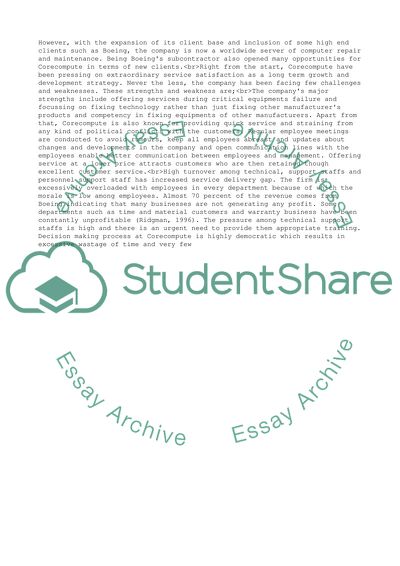Cite this document
(Strategy and Changes Essay Example | Topics and Well Written Essays - 3500 words, n.d.)
Strategy and Changes Essay Example | Topics and Well Written Essays - 3500 words. https://studentshare.org/management/1827278-strategy-and-changes
Strategy and Changes Essay Example | Topics and Well Written Essays - 3500 words. https://studentshare.org/management/1827278-strategy-and-changes
(Strategy and Changes Essay Example | Topics and Well Written Essays - 3500 Words)
Strategy and Changes Essay Example | Topics and Well Written Essays - 3500 Words. https://studentshare.org/management/1827278-strategy-and-changes.
Strategy and Changes Essay Example | Topics and Well Written Essays - 3500 Words. https://studentshare.org/management/1827278-strategy-and-changes.
“Strategy and Changes Essay Example | Topics and Well Written Essays - 3500 Words”. https://studentshare.org/management/1827278-strategy-and-changes.


